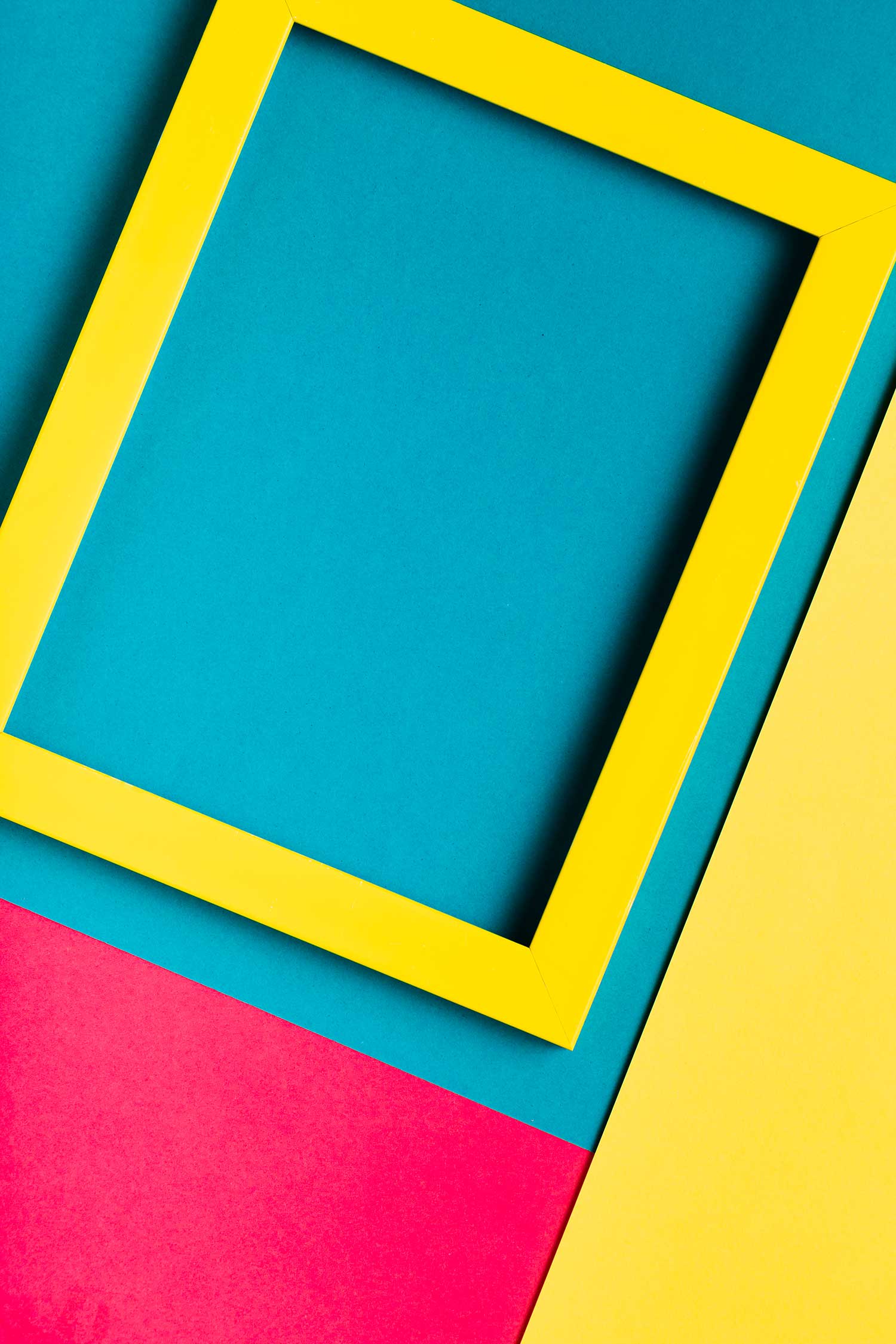
Negative Space
Negative Space Introduction: Embracing Creativity in the Digital Age
In today's digital age, graphic design plays a crucial role in capturing attention and conveying messages effectively. The ever-evolving nature of technology constantly introduces new design trends that push the boundaries of creativity and visual aesthetics. In this blog post, we will delve into the latest graphic design trends that are making waves in the industry. From vibrant color schemes to immersive illustrations, let's explore the exciting developments that are shaping the world of graphic design.
Minimalism: Less is More

One of the prevailing trends in graphic design is minimalism. Minimalistic designs focus on simplicity, clean lines, and ample white space. This approach allows for better readability and enhances the overall user experience. By stripping away unnecessary elements, designers can convey their message more effectively. Minimalist designs also offer a timeless and elegant aesthetic that is both appealing and engaging
Negative Space: Unleashing the Power of White
- Negative space, often referred to as white space, has gained significant popularity in recent years. This design technique involves strategically using the empty areas around and between elements to create visual interest and improve the overall composition. By utilizing negative space effectively, designers can create striking and memorable designs that capture attention and leave a lasting impact.
Bold and Vibrant Color Palettes

Gone are the days of muted and subdued color schemes. The latest graphic design trends embrace bold and vibrant colors to create visually stimulating experiences. From neon hues to unexpected color combinations, designers are exploring new ways to captivate their audience and evoke emotions. Vibrant colors not only grab attention but also make designs more memorable and immersive.
Gradients have made a powerful comeback in graphic design. By seamlessly blending multiple colors, gradients add depth and dimension to designs, making them visually appealing and dynamic. Whether used as backgrounds, overlays, or text effects, gradients can enhance the overall visual impact and create a sense of modernity.
Illustrations have become increasingly popular in graphic design, offering a unique way to infuse personality and storytelling into visual content. From hand-drawn illustrations to digital artwork, designers are leveraging illustrations to create engaging narratives that resonate with their audience. Illustrations add a human touch and can help convey complex ideas in a simplified and visually appealing manner.
Abstract and Organic Shapes: Breaking the Mold
Abstract and organic shapes are gaining traction in graphic design, challenging traditional geometric forms. These unconventional shapes bring a sense of playfulness, uniqueness, and unpredictability to designs, breaking the mold and allowing for more creative expression. Whether used as backgrounds or design elements, abstract and organic shapes add visual interest and create a contemporary look.

As graphic design continues to evolve, staying abreast of the latest trends is crucial for designers and businesses alike. By embracing minimalism, incorporating bold and vibrant color palettes, and leveraging illustrations, designers can create visually captivating experiences that leave a lasting impression. Remember, while it's essential to follow trends, it's equally important to infuse your own creativity and unique style into your designs. So, keep exploring, experimenting, and pushing the boundaries of graphic design to create visually stunning and impactful works of art.

